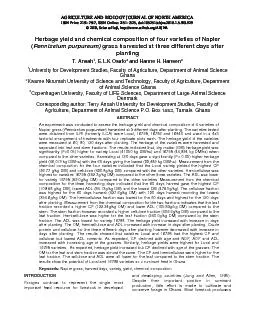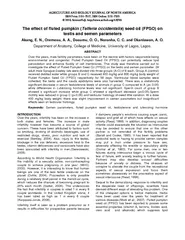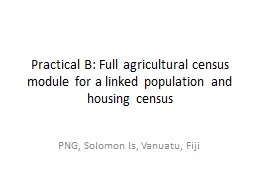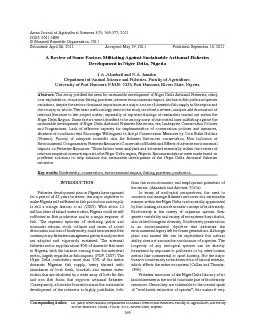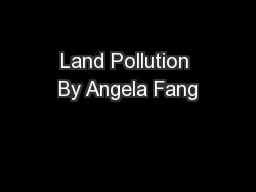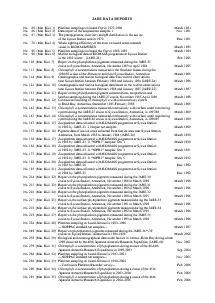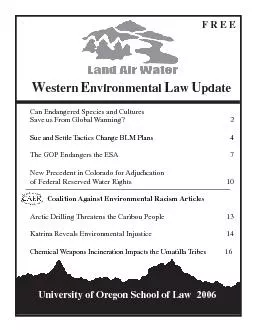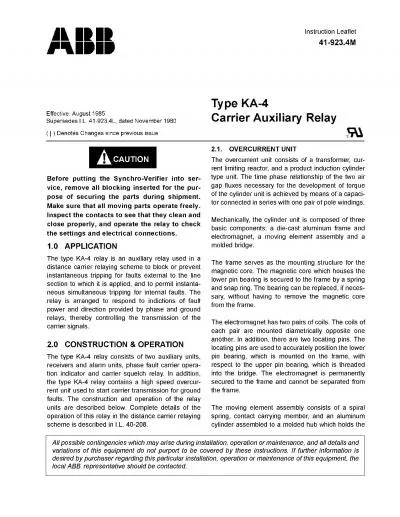PDF-Agric. Biol. J. N. Am., 2010, 1(5): 923-929Experimental land preparati
Author : briana-ranney | Published Date : 2017-01-04
Agric Biol J N Am 2010 15 923929Dzimale 2000 who reported similar results for the same varieties The high dry matter recorded for variety 16786 and 16840 suggest
Presentation Embed Code
Download Presentation
Download Presentation The PPT/PDF document "Agric. Biol. J. N. Am., 2010, 1(5): 923-..." is the property of its rightful owner. Permission is granted to download and print the materials on this website for personal, non-commercial use only, and to display it on your personal computer provided you do not modify the materials and that you retain all copyright notices contained in the materials. By downloading content from our website, you accept the terms of this agreement.
Agric. Biol. J. N. Am., 2010, 1(5): 923-929Experimental land preparati: Transcript
Download Rules Of Document
"Agric. Biol. J. N. Am., 2010, 1(5): 923-929Experimental land preparati"The content belongs to its owner. You may download and print it for personal use, without modification, and keep all copyright notices. By downloading, you agree to these terms.
Related Documents

